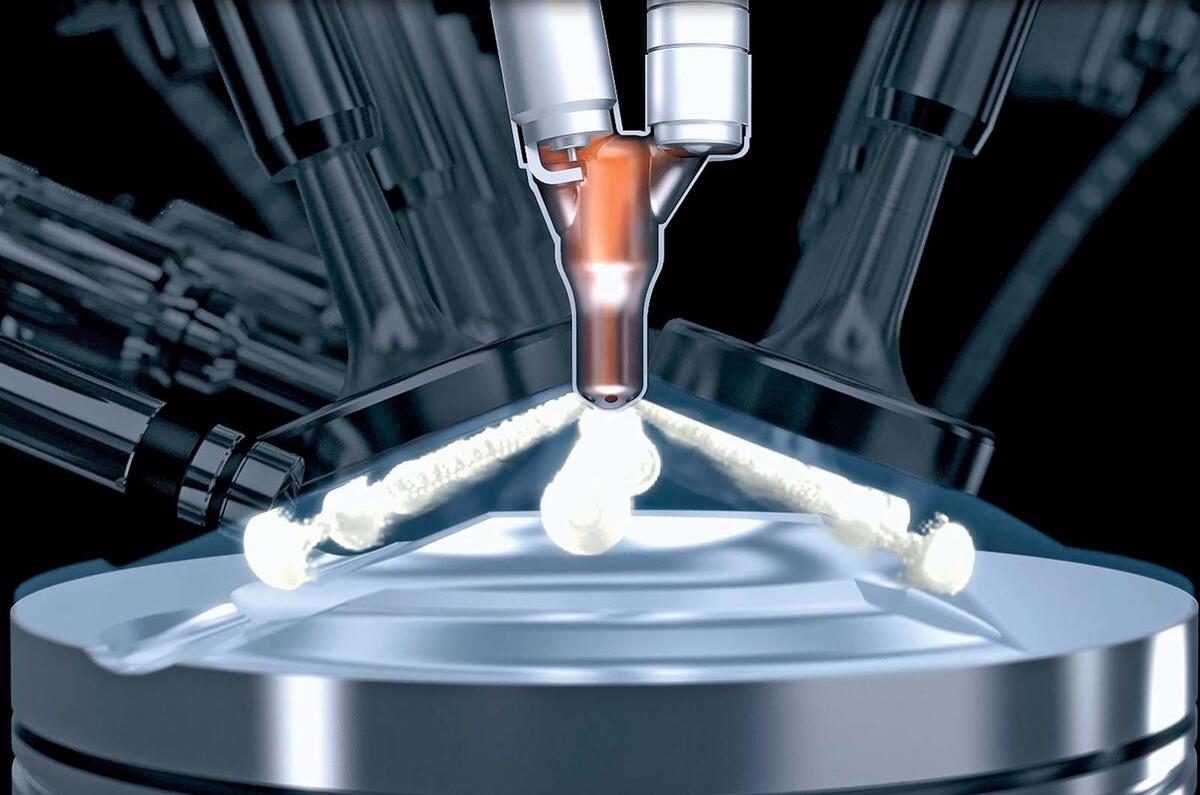Chinese manufacturer GAC, in conjunction with Toyota, has made headlines again by announcing it has successfully run a car engine on carbon-free ammonia.
But if the idea of burning something usually associated with fertiliser and cleaning products seems far-fetched, a closer look reveals that it’s not as daft as it sounds.Research into the use of ammonia as a fossil-fuel substitute has been going on for almost as long as the car has been around, for both petrol and diesel engines.
It powered buses in Belgium during World War II and the US military looked at its use in the 1960s.
Why does it work? A look at its chemical formula, NH3, gives the game away. Each molecule of ammonia contains one atom of nitrogen and three of hydrogen, making it a dense ‘hydrogen carrier’. So yes, when ammonia is combusted, the engine is essentially running on our old friend hydrogen.
The difficulty is that as well as containing less energy than petrol or diesel, igniting ammonia is harder and it burns more slowly than the fossil fuels. Two approaches have been taken in previous research, either splitting the ammonia into hydrogen and nitrogen and burning the hydrogen gas, or using some fossil fuel to get the engine started.
The first is complicated and adds cost, and the second, to an extent, defeats the object as well as adding complexity.
GAC hasn’t gone into detail on that side of things, but it is possible to ignite ammonia directly. Last year, Mahle Powertrain released details of research into developing ammonia combustion to replace diesel in the heavy-duty engines used in trucks, buses, off-road machinery and marine applications. The company has tested two different methods.
The first is a dual-fuel approach, retrofitting heavy-duty turbo diesels with a second set of injectors to inject gaseous ammonia as the main energy source. But Mahle Powertrain has also successfully run its single-cylinder research engine on pure gaseous ammonia using its innovative Mahle Jet Ignition (MJI) system, doing away with fossil fuel as an ignition source. The MJI system produces ultra-clean combustion with little or no harmful pollutants such as NOx.
MJI has a small pre-chamber in the top of each combustion chamber, with holes in the bottom of it. Both a spark plug and a fuel injector are inserted into the pre-chamber. A small charge is injected into the pre-chamber as the main charge enters the cylinder via the usual inlet ports.
When the charge in the pre-chamber is ignited, hot gas is forced out through the holes into the cylinder, easily and evenly firing the main charge.




Add your comment